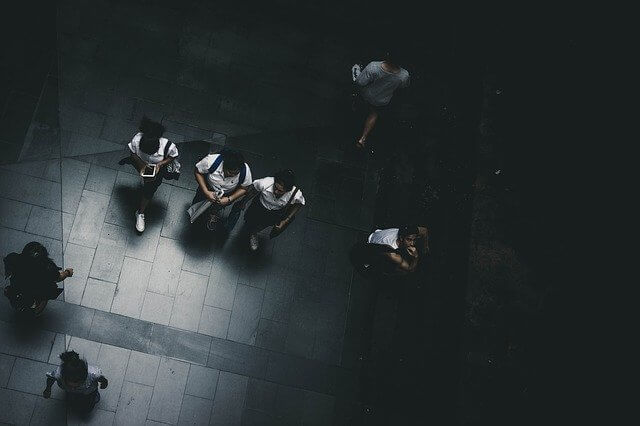The class of ninth-graders that in September will enter the city’s eight “specialized high schools” — entry to which is determined solely by doing well on a standardized test — will be substantially less black and Latino than before.
Per Department of Education data, black and Latino kids, who make up almost 70 percent of the school population of about 1.1 million, got only 9 percent of the total admission offers to the elite schools. That’s down substantially from the last two years. Asian students scored two-thirds of the places at prestigious Stuyvesant HS.
Predictably, Mayor Bill de Blasio’s new education boss, Chancellor Meisha Ross Porter, pointed the finger of blame for this demographic imbalance squarely in the wrong direction: at the test itself. “Far more students could thrive in our Specialized High Schools, if only given the chance,” she tweeted. “Instead, the continued use of the Specialized High School Admissions Test will produce the same unacceptable results over and over again.”
But why is that? Nothing about the SHSAT is culturally biased — it doesn’t ask questions about which club to use on an approach to the green if there’s a water hazard or which year comes after Rabbit in the Chinese zodiac or what Navaratri celebrates. Nor can anti-testers say that it unfairly favors rich kids, because the city’s own measures show that Asians have the highest rate of poverty in Gotham.
Some complain that test-prep companies marketed to particular communities offer an unfair advantage, but the city long ago established free programs (defined as “Diversity Initiatives”) meant to offer black and Latino kids the same high-quality test preparation that some families pay big bucks for.
But test prep, many experts contend, is a red herring for the real problem. Sure, it’s always good to practice, but it’s not like there are secret tricks to break the code on a standardized test. It’s not a video game.
The real test prep, as serious people know, occurs in grades K through 8, when kids learn the fundamentals of math and reading comprehension, and develop the habits of mind that translate into discipline and success in school and life.
A great deal of the responsibility for getting more black and Latino kids ready to do well on the SHSAT lies with none other than the DOE itself. As New York public-school parents know, there’s a vast “missing middle” in the school system — a gaping lack of quality middle schools.
Chancellor Porter knows this better than anyone — but it’s easier to blame the test than her own failing system, dominated by unionized teachers.
Remember, too, that it wasn’t so long ago that the specialized high schools had many black and Latino students. Brooklyn Tech was majority black in 1982, for instance, and 53 percent black and Latino as recently as 1993. Massive Asian immigration accounts for part of the change since, but the steady elimination of Gifted and Talented programs for kids in the fourth grade also limited opportunities for bright minority children.
Teachers and principals used to be allowed to identify smart kids and place them in higher grades or mark them as ready for advanced work in middle school. This gave these kids the confidence and footing to apply for and do well on the SHSAT and succeed in the elite schools.
But so-called “tracking” of students is considered unfair and discriminatory now, so giving brighter kids in disadvantaged communities a leg up is frowned on. Better to keep the smart kids bored and dissatisfied with school than admit that some sorting is natural and inevitable: Call it the “No Child Gets Ahead” system.
Would eliminating the SHSAT actually build a “more equitable way forward,” as the chancellor argues? Or would it just dilute the culture of achievement that the specialized schools offer the city’s best and brightest?
Through a vicious cycle of negative reinforcement, the DOE has created a problem that it doesn’t really want to solve. The cabal in charge of education policy doesn’t even like the principle of excellence, because it’s exclusionary by definition. From this perspective, destroying the city’s best schools by muddling their standards isn’t even an unfortunate consequence — it’s basically the goal.

